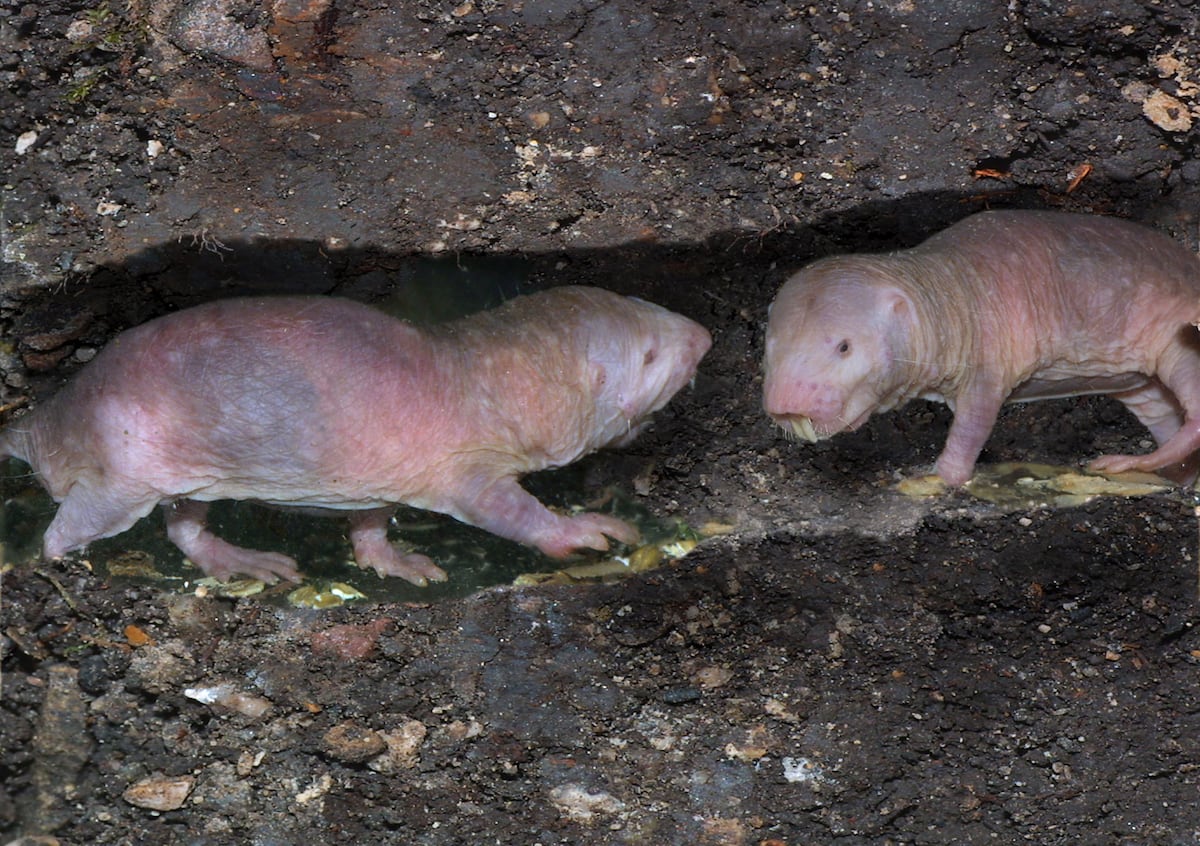
"There is an iron law in nature: the larger a species, the longer its members live. That's why whales outlive elephants, and elephants outlive lions. Very few animals defy this rule. Humans have circumvented it thanks to culture. But there is a small animal that laughs in its face. Given its size, the naked mole-rat (Heterocephalus glaber) shouldn't live more than two years, yet they often approach 40. What's more, they age healthily, without typical age-related diseases such as cancer, neurodegenerative disorders, or arthritis."
"Now, a study published in Science points to four mutations that make their DNA repair system exceptionally efficient. A team of Chinese scientists, using advanced gene therapy techniques, investigated the cellular aging of the naked mole-rat to try to explain its extreme longevity. The rodent, which lives in colonies of two to three dozen tightly packed individuals in regions surrounding the Horn of Africa, has fascinated scientists for decades. This time, researchers focused on the machinery that repairs DNA."
"One of the most serious types of damage is so-called double-strand breaks, in which both strands of the DNA helix lose genetic material. This is a natural occurrence, resulting from the cycle of cell replication and division. To repair such damage, cells use a process called homologous recombination, in which identical or very similar DNA molecules lend genetic fragments to one another. A key player in this process is an enzyme called cGAS."
Larger species generally live longer, yet naked mole-rats contradict body-size predictions by living up to about 40 years. They age healthily and largely avoid cancer, neurodegeneration, and arthritis. Four mutations improve naked mole-rat DNA repair, making repair machinery exceptionally efficient. Naked mole-rat cells rely on homologous recombination to fix double-strand DNA breaks. The enzyme cGAS regulates homologous recombination in naked mole-rats in an opposite manner compared with humans and mice. Naked mole-rat cells grow more slowly, which would allow DNA damage to persist longer and could otherwise trigger sterile inflammation and aging. Colonies typically contain two to three dozen tightly packed individuals near the Horn of Africa.
Read at english.elpais.com
Unable to calculate read time
Collection
[
|
...
]